Some of the links in this post are affiliate links. This means if you click on the link and purchase the item, we will receive an affiliate commission from the vendor at no extra cost to you. These business relationships allow us to keep bringing you great EatMoveHack content. All opinions remain our own.
Nobody likes to feel unwell, but what about when you constantly feel as if you’re not experiencing optimal health? Symptoms like headaches, body pain, difficulty concentrating, and fatigue can be attributed to lots of conditions, but if you and your doctor are at a loss as to what might be causing yours, you might want to explore a low-mold diet.
Mold is ubiquitous. It’s in the air that you breathe, and more frighteningly, it’s also in the food that you eat. The mold itself is usually not the problem; it’s the poisonous mycotoxins that it produces that cause issues. The only way to heal yourself from the symptoms of mycotoxin exposure is to cut inflammatory foods from your diet, which you can do by practicing a low-mold diet.
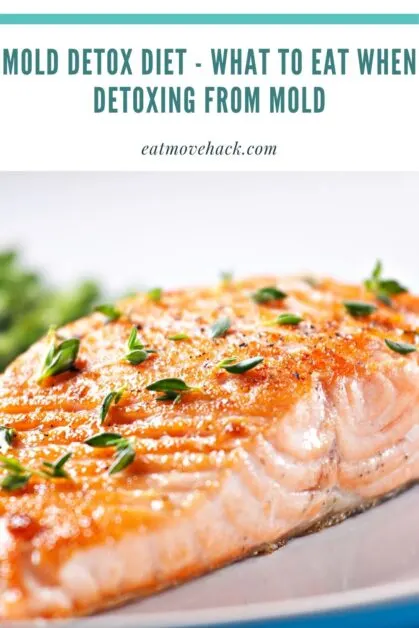
What is the Mold Elimination Diet?
The mold elimination diet is designed to bring relief to those who think they’re suffering from mold exposure. If you’re experiencing symptoms like difficulty focusing, fatigue, headaches, and general pain or discomfort of the muscles and joints that you can’t attribute to any other condition, you might be going through a chronic inflammatory response due to your exposure to mold.
While many people are familiar with environmental mold exposure (particularly the nasty “black mold” that’s associated with damp construction materials), some may discount the mold that they’re consuming. That’s because most people don’t want to think they’re eating mold or foods that have been contaminated with microscopic mold spores.
But the truth is that mold can be found in a wide variety of foods. There are the obvious ones like the moldy cheese in the deli case, but there are tons of less-obvious ones too — like corn, peanuts, and beer. And even if you don’t regularly consume moldy foods, you might eat things that the mold already in your system thrives on.
How the Mold Elimination Diet Works
The low mold diet is a simple concept, but it can produce huge results if you are indeed suffering from toxic mold exposure. Simply put, you’ll remove all commonly contaminated foods from your diet, plus those that are known to feed mold.
If you’re suffering from toxic mold illness, you should notice a huge reduction in your symptoms after a cleansing phase of one to two weeks. This is a result of your body and immune system healing now that mold-containing foods aren’t weighing it down.
Depending on your level of mold toxins, your cleansing phase may last longer — just continue to cut out high-mold foods until your symptoms subside.
As with many diets, the low mold diet is quite restrictive, so it’s not meant to be followed permanently. Instead, you’ll slowly reintroduce potentially triggering foods to see how your body reacts.
The idea is to find those that your body can’t tolerate and then cross those off the list for the foreseeable future.
For this process, you’ll reintroduce one food item every 72 hours. Only reintroduce one item at a time so you can clearly see how your body reacts. If you have a negative reaction, just discontinue the food and add it to your banned list. If you don’t have a reaction, you can add the food back to your diet.
Worried that a favorite food may fall onto the banned list? There is hope. As your body and immune system get stronger, foods that previously elicited an allergic response may no longer continue to do so. If that happens you can reintroduce them back into your diet.
However, if a particular food continues to give you problems, at least you can be familiar with what to expect and then decide whether you want to deal with those symptoms whenever you eat that food.
Mold Exposure and Mold Illness: Foods to Avoid
Mycotoxins are poisonous compounds that mold produce. When you come in contact with these compounds, either through outside exposure by eating contaminated foods or internal exposure as mold thrives within your body, they cause mold illness and painful, frustrating symptoms.
To start the mold-free diet and rid yourself of mycotoxins exposure, there are four types of foods that you need to completely eliminate from your diet. These mold-contaminated foods include sugary foods, processed foods, grains and grain-fed animals, and fungi and yeast.
Sugary Foods
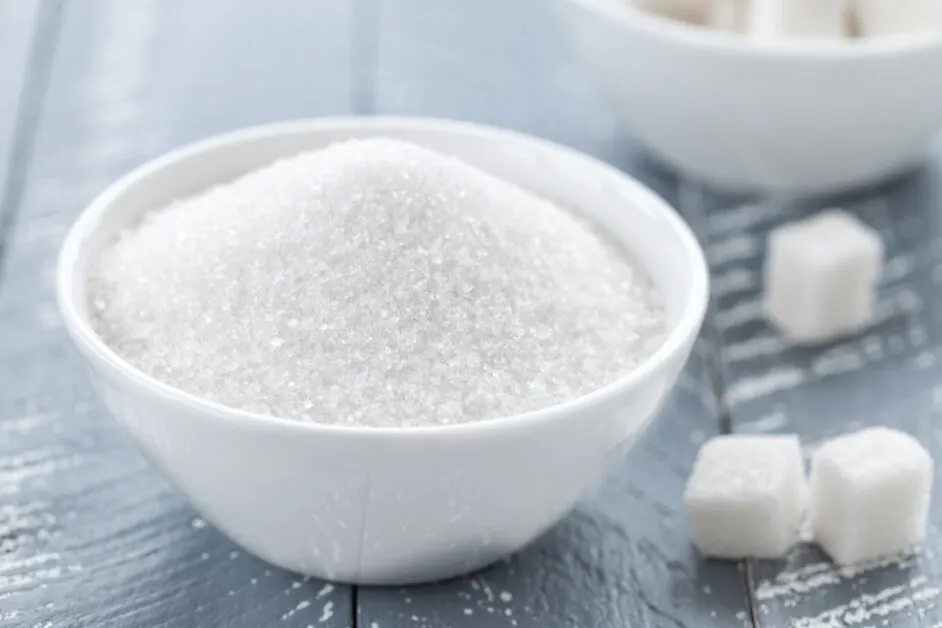
High-sugar foods make this list because they are the preferred food choice of mold and other bacteria that can make you sick. That’s because sugar is very easy to consume and break down.
In addition to candy, ice cream, cookies, and other junk food that’s known for its sugar content, you also have to eliminate foods with naturally occurring sugars.
Some examples include bananas, cherries, grapes, pineapple, sugar cane, and watermelon. Other natural sugars you also need to cut are honey, molasses, and syrups.
Processed Foods
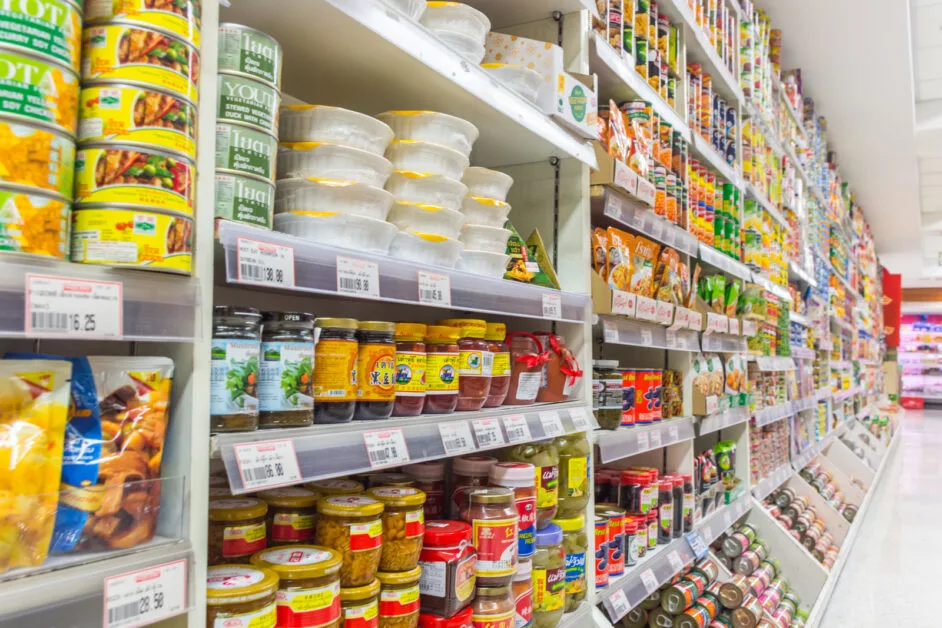
Processed and canned foods typically contain a ton of hidden sugar. Even foods that you don’t think of as being sweet can be loaded with sugar, sometimes obfuscated by other names for sugar, like dextrose, glucose, and sucrose. Examples include pasta, salad dressing, tomato sauce, and yogurt.
To play it safe, eliminate all processed foods from your diet. Remember, you can later reintroduce those you can’t live without.
Grains, Nuts, and Grain-Fed Animals
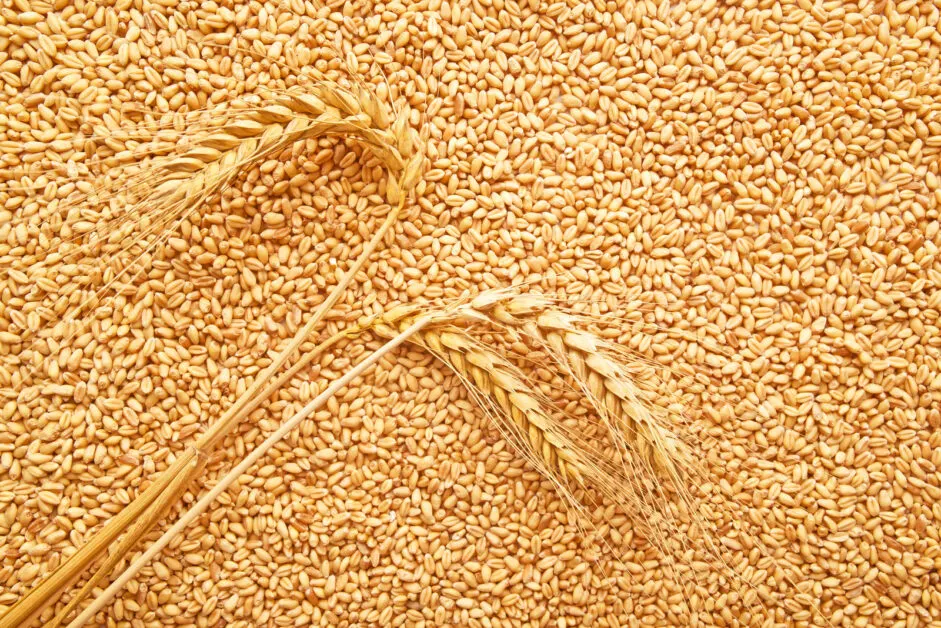
Whole grains like barley, corn, oats, rice, rye, and wheat, and nuts like cashews and peanuts are often contaminated by mold. This is largely in part due to the way that grains and nuts are stored — hot, moist silos are the perfect breeding ground for mold exposure and growth.
At the same time, any animals that eat contaminated grains are also problematic, as they simply transfer the contamination to you when you eat those meats. If you see grain-fed on the product label (or don’t see any distinction), cross the meat off your list.
Fungi and Yeast
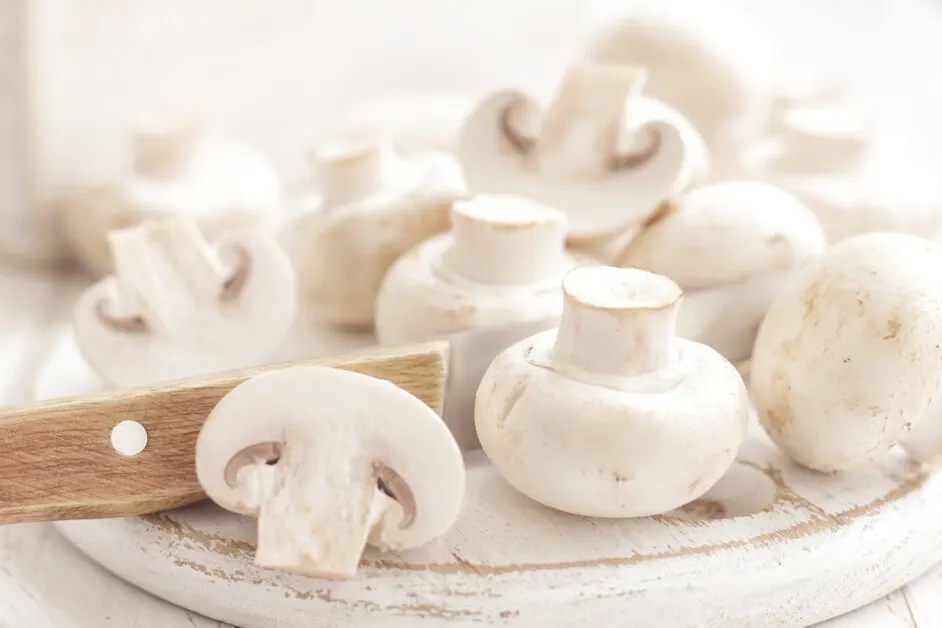
Mold is actually a type of fungus, so if you’re trying to reduce your mold exposure, you should cut all types of fungus and mold-containing foods from your diet. This includes edible fungi like mushrooms and truffles, all types of cheeses (especially purposefully moldy varieties), and products made from sour milk, like buttermilk, sour cream, and yogurt.
Also included in this category are any products made with yeast. This is because the fermentation process encourages mold growth. In addition to foods we’ve already covered, such as bread, this also means that products like beer, wine, vinegar, and sauerkraut are off-limits.
Low Mold Diet: Best Foods for Healing
It may seem like there are a lot of things you need to avoid when practicing a low-mold diet, but there are still plenty of delicious foods you can enjoy.
As an added bonus, many of these foods are the most traditionally healthy, so you’ll fight mold illness and improve other aspects of your health at the same time when you consume them.
Non-Starchy Vegetables
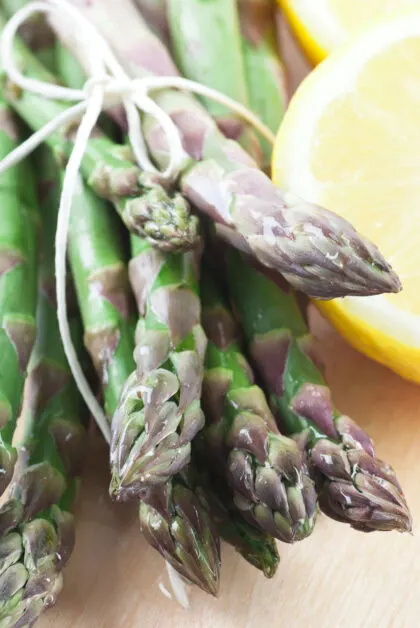
Non-starchy vegetables have fewer carbohydrates (sugar) on which mold can feast. Arugula, asparagus, broccoli, cabbage, cucumbers, garlic, peppers, and watercress are excellent examples of non-starchy veggies that you can eat freely.
Low-Sugar Fruits
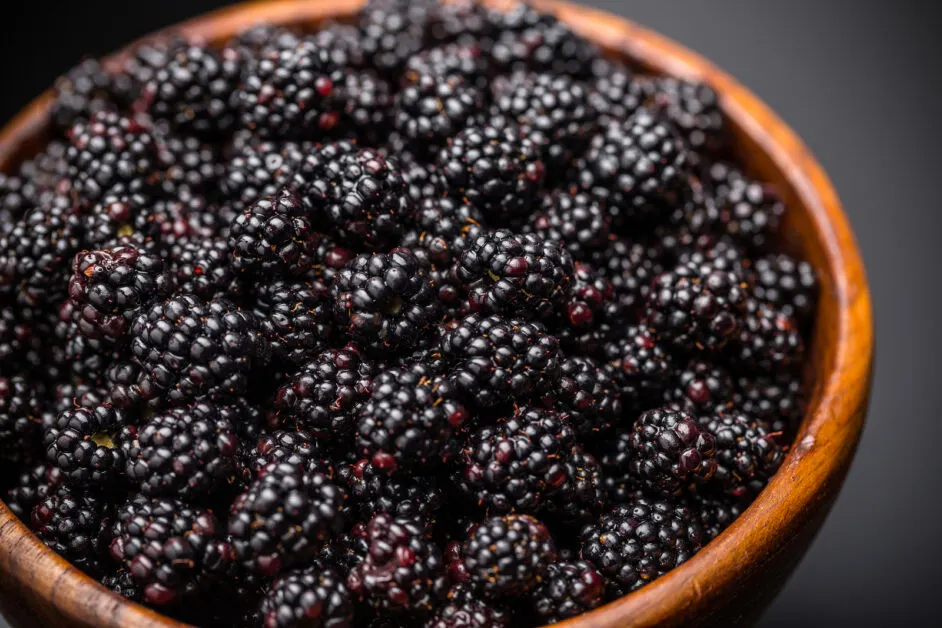
Fruits with low sugar content are also okay to eat while you are detoxing from mold. Some examples of safe fruits include avocados, blackberries, lemons, oranges, peaches, and strawberries.
You can also use some of these fruits, particularly lemons, oranges, and strawberries to create infused waters; just be sure to skip the sugar.
Pasture-Fed and Wild-Caught Animal Products

Animals that are allowed to graze on open pastures or other natural areas don’t come in contact with the grains that harbor mold.
When shopping for meat like chicken, beef, and pork, as well as other animal products, like eggs and fish, look for those that are specifically labeled pasture-fed or wild-caught.
Prebiotics
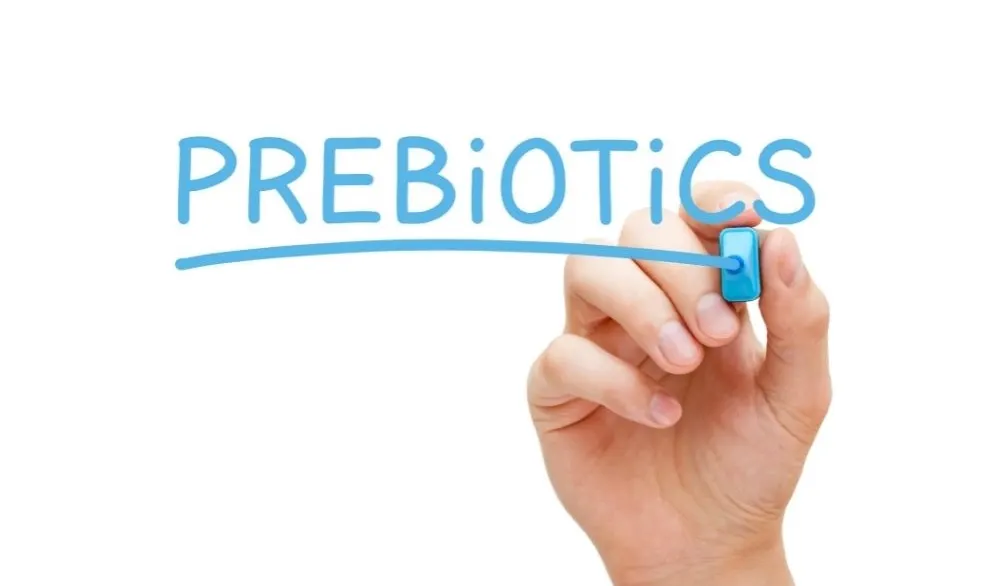
Prebiotics are plant fibers that serve as food for the good bacteria in your system. Including foods like coconut, garlic, green bananas, and onions will improve your gut health while depriving mold of the food it needs to survive.
Healthy Fats
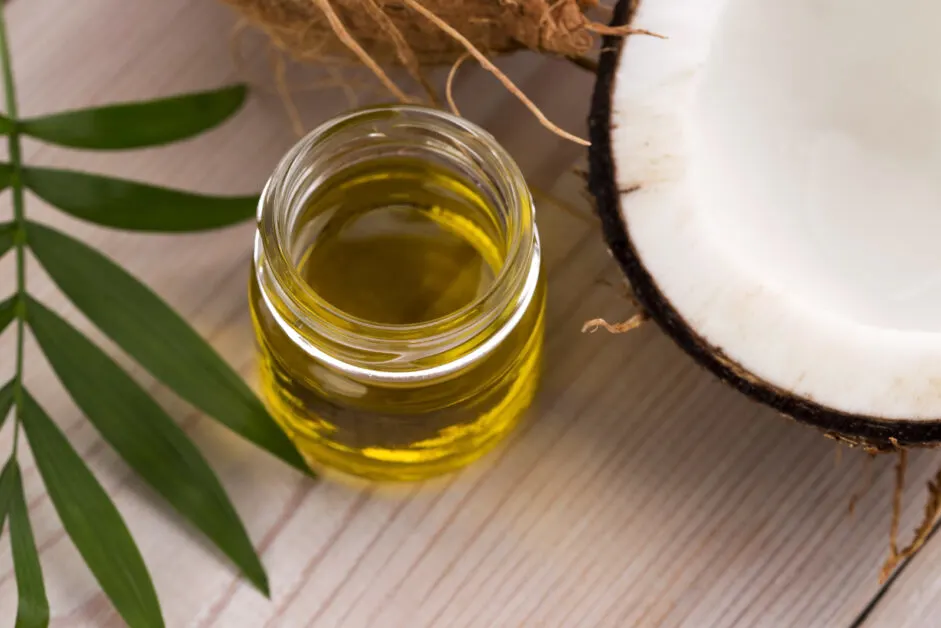
Healthy fats reduce inflammation and promote healing, both of which are very important when you’re fighting a mold illness.
Incorporate coconut milk, coconut oil, ghee, virgin olive oil, and raw nuts and seeds like chia, flax, pumpkin, and sunflower into your diet to help you feel full while battling inflammation.
Gluten-Free Grains
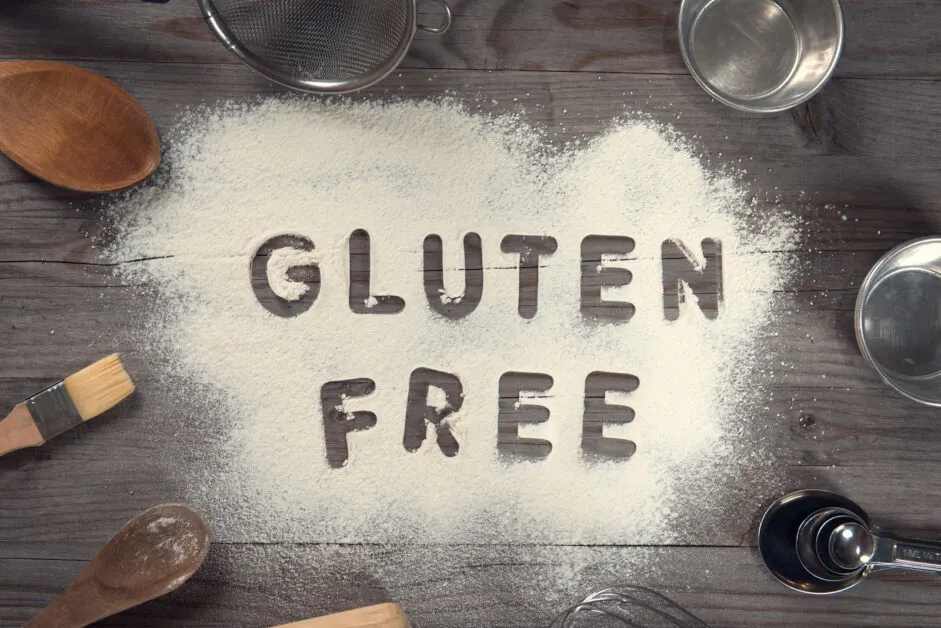
Some people can tolerate gluten-free grains while on a low-mold diet. To see if they work for you, eliminate them, and then make them some of the first foods that you reintroduce.
Examples of gluten-free grains that probably won’t give you any issues include brown rice, buckwheat, and quinoa.
FAQs
What are mycotoxins?
Mycotoxins are toxic compounds that some mold varieties produce. When consumed by humans, mycotoxins are essentially a poison, causing a wide range of uncomfortable and sometimes dangerous side effects.
How do I know if mold is making me sick?
The symptoms of mold sensitivity and mold toxicity can mimic other conditions. For this reason, it’s important that you see a doctor if you feel unwell so that they may provide an accurate assessment of your health.
However, if you’re experiencing symptoms such as chronic fatigue, depression, difficulty concentrating, abdominal pain, muscle and joint pain, and headaches that cannot be attributed to another condition, you may be suffering from a mold illness.
How long does it take to detox from mold?
Depending on your level of mold illness, it can take several weeks to a year or longer to combat mold toxicity.
Most people feel better after undertaking a low-mold diet, but that doesn’t mean the mold has been completely eliminated. It’s important that you continue the diet and slowly reintroduce foods to resolve your mold allergy.
What can I eat on a mold-free or low-mold diet?
There are lots of foods you can enjoy while practicing a low-mold diet. These include pasture-fed or wild-caught animals and their byproducts, low-sugar fruits, non-starchy veggies (especially cruciferous vegetables and fresh vegetable juice), healthy fats like coconut oil and ghee, and sometimes gluten-free grains.
Wrapping Up
Healing from mold allergies takes time, but the effects on your health can not be understated. If you’ve been diagnosed with a mold allergy or think that your symptoms line up with mycotoxin poisoning, you can start a low-mold diet to see if your symptoms improve.
In most people, headaches, body pain, and brain fogginess tend to dissipate in just days. Much of the food you’ll cut out is generally unhealthy anyway, so you really have nothing to lose by trying.
Having trouble letting go of the processed food? We’ve got tips to help you cut your junk food habit so that you can combat mold growth and lead a healthier life.


Diane McCarthy
Tuesday 6th of September 2022
Why is brown rice okay is it not contaminated with mold.
jean
Saturday 8th of April 2023
I was recently diagnosed with mold toxicity and my doc. said a small amount of rice may be okay. I would stop eating all grains for 2-3 weeks and then try a half cup of brown rice and see if I react.